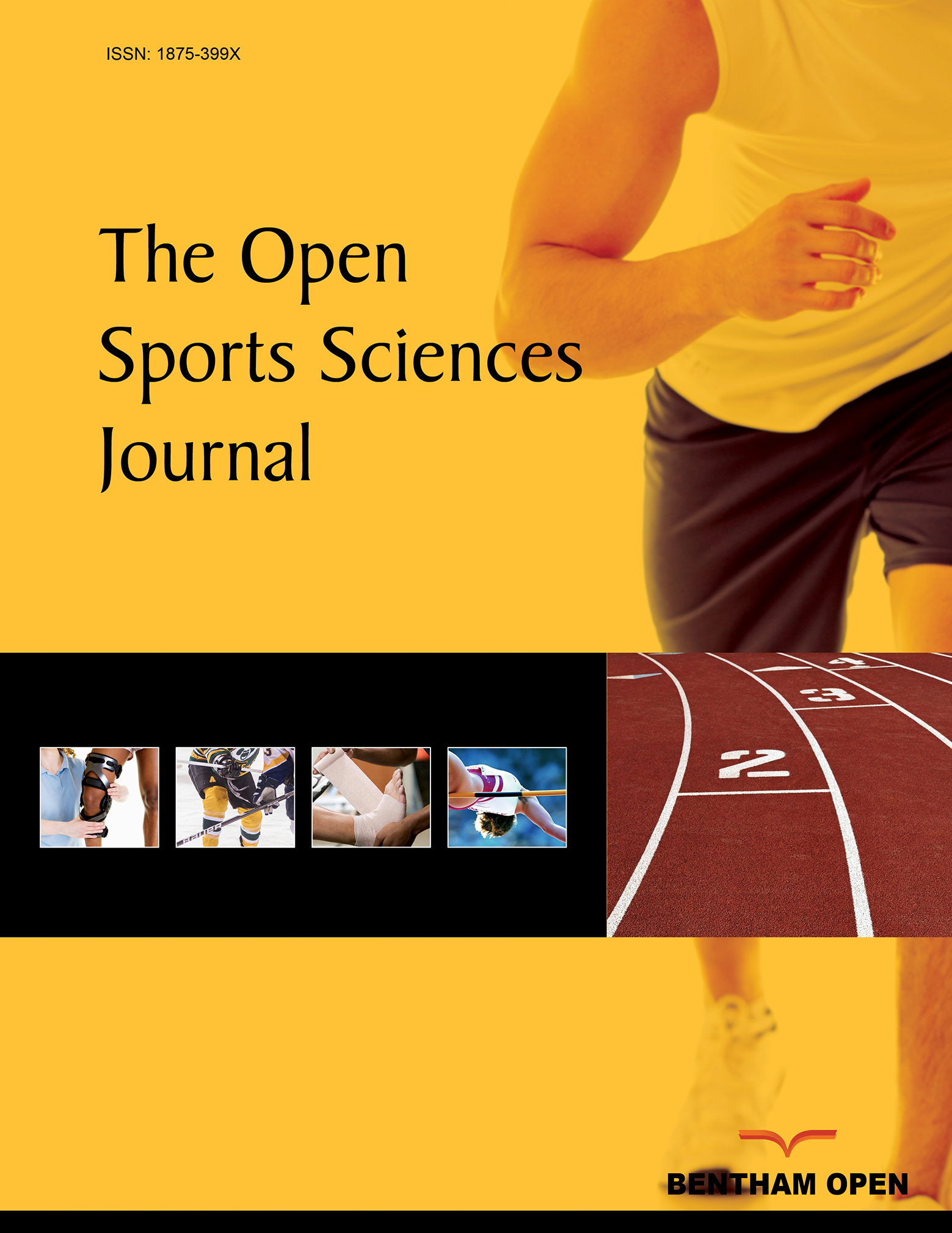All published articles of this journal are available on ScienceDirect.
Design and Evaluation of Tools for the Psychological Prevention of Injuries in Baseball Pitchers
Abstract
Aims:
To determine, through the evaluation of experts, the introduction in the professional practice of tools designed for the psychological prevention of injuries in high-performance baseball pitchers in a Cuban province.
Background:
The psychological interventions for primary injury prevention contribute to the transition from the biomedical to the biopsychosocial approach in sports injury care. However, the studies carried out are very scarce, few generalizable and insufficient to facilitate the multidisciplinary work around the psychological preparation of the athlete as a method of prevention.
Objective:
The objective of this study is to evaluate by experts the design of an Android application and procedure to guide the psychological prevention of injuries in high-performance baseball pitchers.
Methods:
A methodological investigation was carried out to design the tools, which were evaluated by 11 experts who had a professional experience between 14 and 41 years (M=26.64; SD=11.74). Using the preference method, an ad-hoc questionnaire was applied to obtain the evaluations, being processed by empirical distribution of frequencies, descriptive statistics, Kendall´s coefficient of concordance and coefficient of variation.
Results:
The theoretical-methodological foundations of the procedure design, the definition of users, stages and functions, the coherence between tasks, techniques, instruments and means, structure and functionality, and the Android application, were highly valued.
Conclusion:
The designed tools have a high level of adequacy, are pertinent and sufficient to contribute to the psychological prevention of injuries, so they can be introduced into the professional practice of sports psychologists, coaches, and baseball pitchers from Villa Clara. However, its application must be accompanied by a process of experimental research to determine its efficacy, effectiveness, and efficiency.


